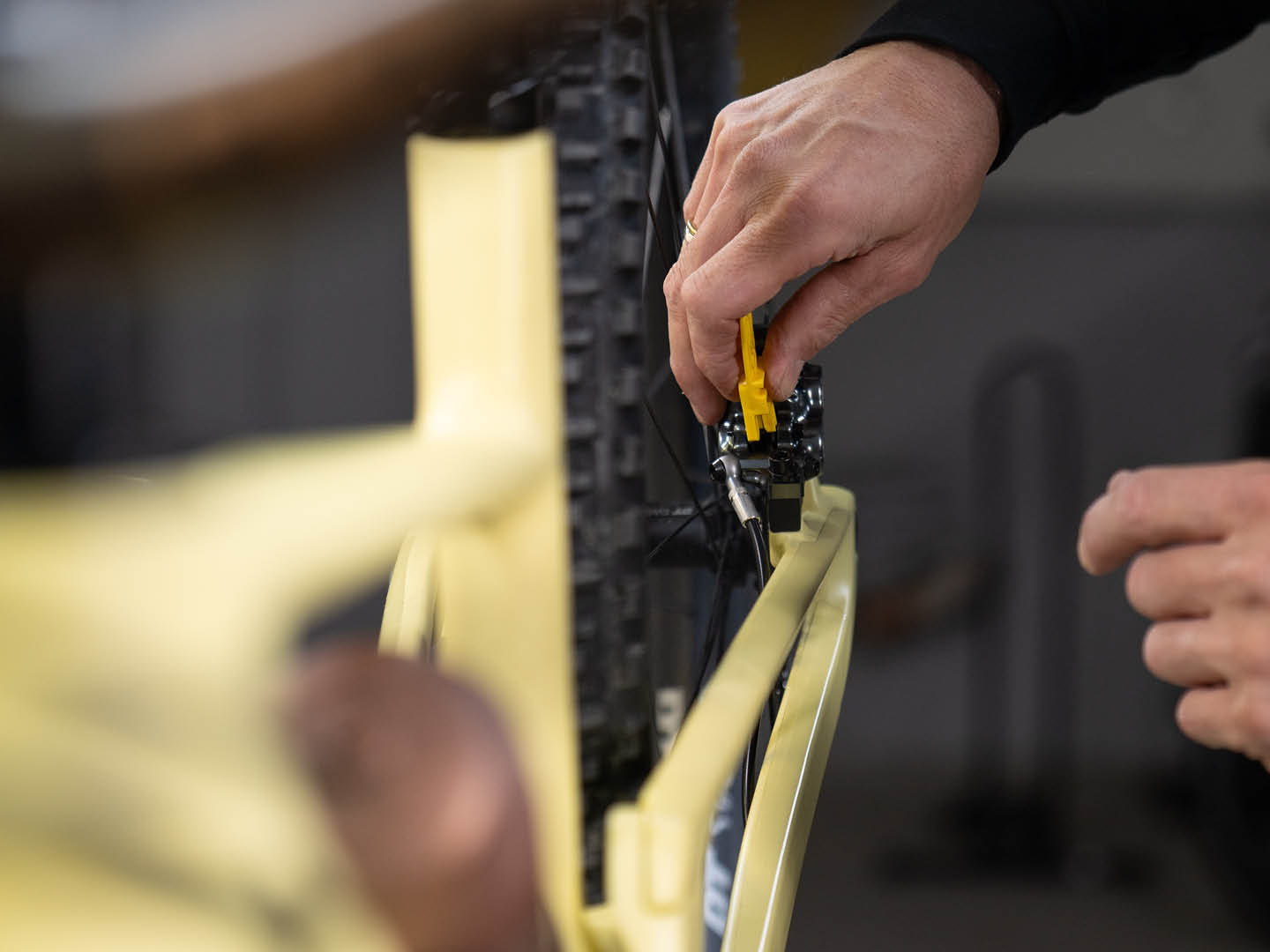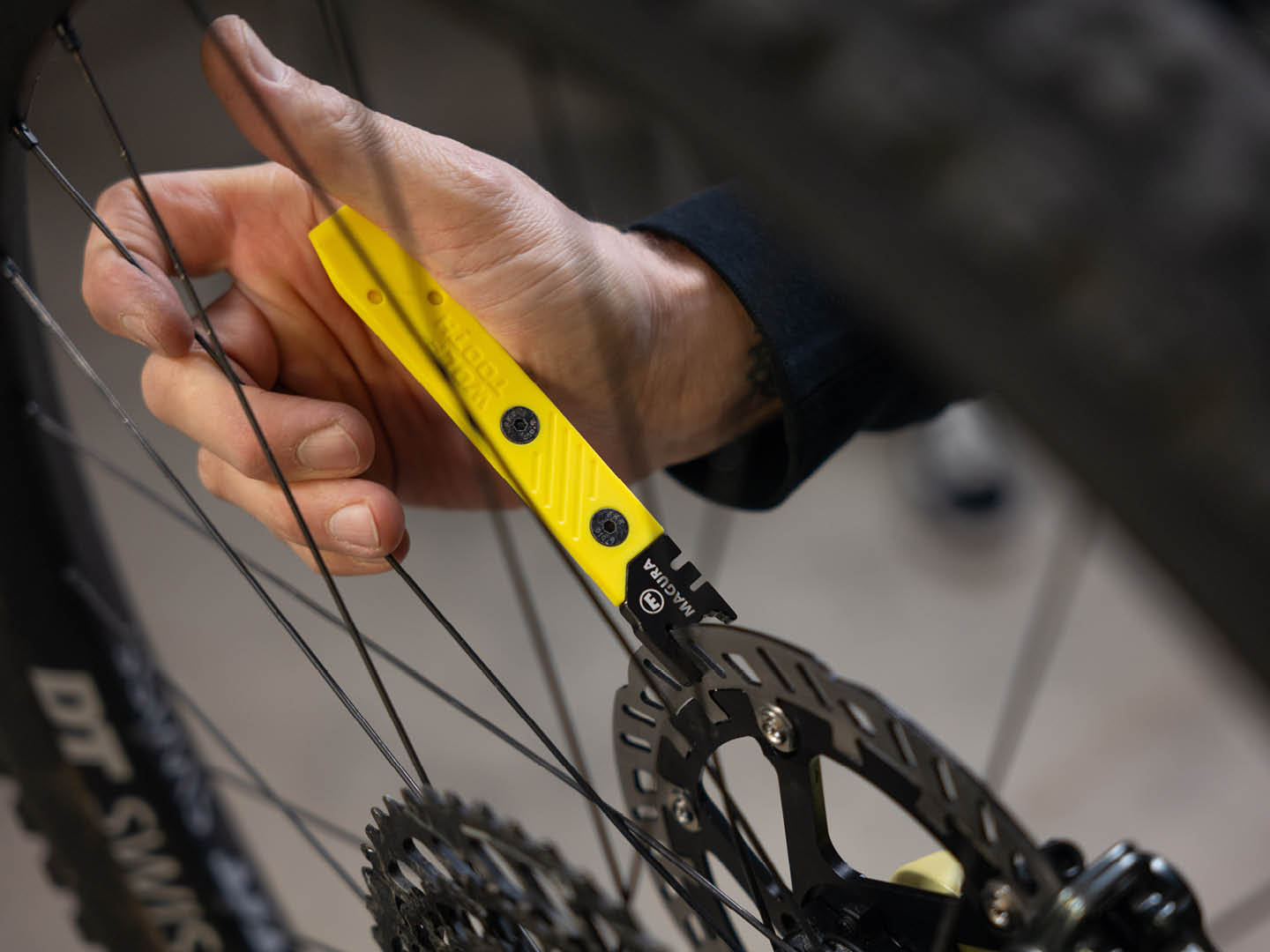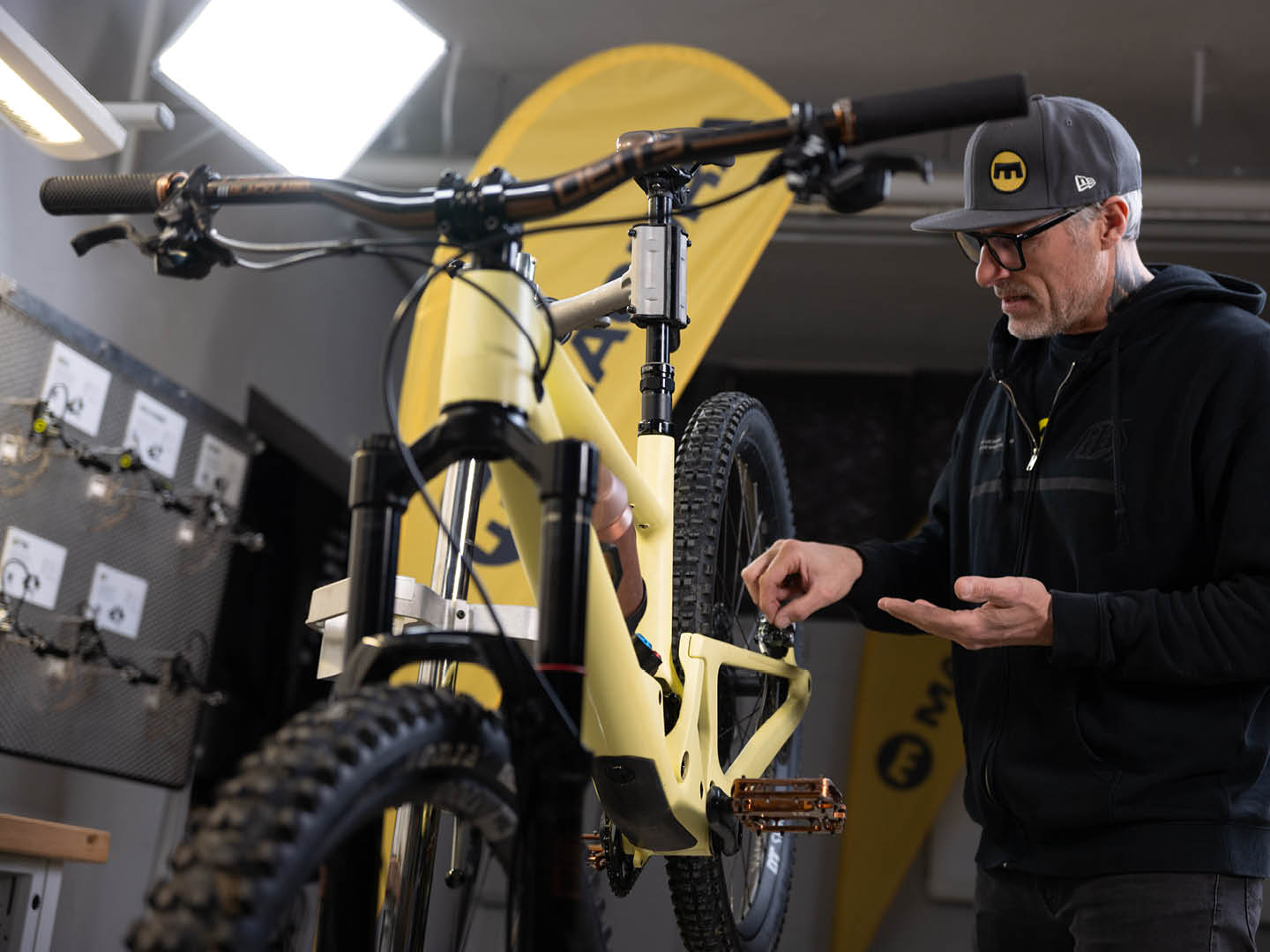
Magura Brake Maintenance
Magura Brake Maintenance


Bedding-in Brake Pads

Brake Rub

Noise!


Keeping your brakes working at their best is the key to a safe and fast ride. Learn how to bed-in pads, silence squeals and firm up lever feel with our brake maintenance guide.

Stop! When was the last time you gave your brakes some love? If your brakes have been rubbing, squealing or not feeling quite as good as they once did, chances are they need a little bit of attention. Brake experts Magura are here to help with some pointers on how to keep your brakes working at their best.

Fresh brake pads require bedding-in to work at their best and although it’s tempting to just go out for a ride, methodical bedding-in means you’ll get maximum bite, achieve even wear and reduce brake squeal.
Here’s how to properly bed in your new pads. Find a flat, low-traffic street and accelerate up to 25-30 km/h. Brake gently but firmly, until you come to a standstill. Do this 30 times to achieve maximum braking performance. Consider it training.
To keep your brakes in tip-top condition, repeat this process at regular intervals.

If you’ve ever had brake pads that rub on the disc you’ll know how annoying it is. Most of the time, it’s an easy fix.

Now let's talk about something that every rider dreads: BRAKE NOISE!
Squeals, screeches and howls from your brakes can make it embarrassing to even pull the brake levers. Every brake produces some noise in use, however, if there's excessive noise or a sound that’s out of the ordinary this can be really frustrating, or a sign that something is wrong.
A good start is to clean the bike and make sure dirt isn’t caught in the pads. Check the hubs, headset, suspension and any bolts that connect to the calipers. Make sure the rotor is running centrally in the caliper and the brake pads are in good condition.
Always be careful with bike cleaners and oil when servicing your bike. Clean your rotors regularly with isopropyl alcohol to keep your pad free of contamination and optimize brake performance.

Over time air can get into the system, reducing power and feel. A quick bleed removes the air and gets performance and control back to how they should be.
We and our partners use cookies and other technologies to improve your experience, measure performance, and tailor marketing. Privacy Policy